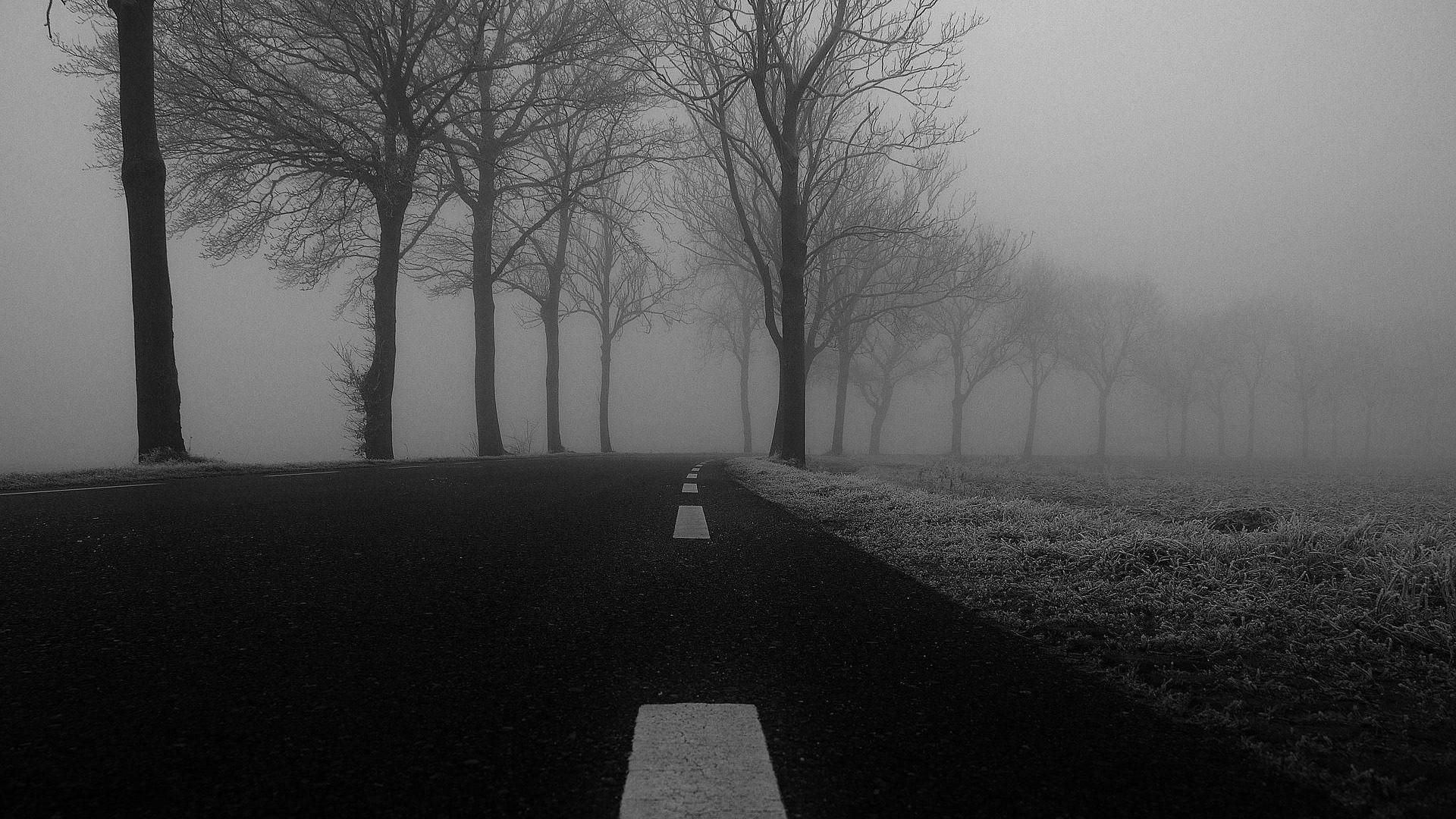The Success of Minecraft: Over 20 Million copies sold

If you’ve never heard of MineCraft, you’ve probably been completely out of the loop for several years. Minecraft is an independently developed and published open world game that acts as a sandbox for players to create all sorts of incredible things. Markus Pearson released the initial version in May of 2009 and it soon became a huge hit. To date, it has sold over 20 million copies across most existing platforms including Windows PC, Xbox, and a variety of mobile editions.
From MineCraft Middle Earth to WesteroCraft (the land from Game of Thrones), the creations made by the players of this game are incredible.

Wired writer Laura Hudson covered the Westerocraft in an article earlier this year:
It’s no surprise, once you hear the astonishing statistics: At a size of 59,000 blocks by 22,000 blocks, WesterosCraft is over 500 square miles relative to the characters – roughly the size of Los Angeles.
“The size of what we’re doing isn’t really what Minecraft is meant for,” says Will Blew, the co-creator and technical lead behind the project. Originally launched by Blew and project lead Jacob Granberry in 2011, WesterosCraft quickly grew from a few dozen users to an international community of hundreds of active builders, with thousands more on the forums.
Minecraft creator Markus Pearson was interviewed in an article for The New York, where he talked about the success it has brought him:
Persson is an outspoken critic of publishers, who he believes curtail creativity in the games industry in the search for short-term gains. He once accused Electronic Arts of “methodically destroying the games industry,” a criticism his independence from the studio system frees him to make. “Publishers might be a necessary thing,” he said. “but it’s inevitable that they will shift the focus from games being made by people who want to make good games to people who want to make money.” The power balance in the video-game industry is shifting in favor of independent creators—in 2012, the Xbox 360 version of Minecraft overtook Activision’s blockbuster Call of Duty: Modern Warfare as the most played game on the system. In Persson’s view, this benefits players more than anybody: “The more studios that can remove themselves from the publisher system, the more games that will be made out of love rather than for profit.”
…
It is this type of stand that has made Persson a well-liked figure in the independent-game movement. But it’s true that he can afford to take the anti-corporation stance. Each Minecraft sale flows straight to Mojang’s pocket—there are no middlemen—and, since the game is digitally distributed, there is no physical product to manufacture, store, or ship. After Minecraft, none of Persson’s subsequent games need to turn a profit. In 2011, he gave his £2.2 million Mojang dividend to his employees. “The money is a strange one,” he says. “I’m slowly getting used to it, but it’s a Swedish trait that we’re not supposed to be proud of what we’ve done. We’re supposed to be modest. So at first, I had a really hard time spending any of the profits. Also, what if the game stopped selling? But after a while, I thought about all of the things I’d wanted to do before I had money. So I introduced a rule: I’m allowed to spend half of anything I make. That way I will never be broke. Even if I spend extravagant amounts of money, I will still have extravagant amounts of money.”
T.C. Sottek at The Verge sat down to talk with Markus at the Game Developers Conference this year:
Brian Crecente at Polygon did a huge feature of Markus and Minecraft as well:
But at one point, Persson played around with the idea of focusing more on the violence found in the game. As he started to explore the possibility of making the game more gory he began to hear feedback from players that it wasn’t a good idea because so many children were playing the game.
“So I just put up a poll asking people what they want,” he said. “Should there be blood or not blood and people said, ‘No blood’ and I just said, ‘OK’. So that’s the direction for the game.
“It makes me very happy when people are saying that kids play it, because I have fond memories of the games I played as a kid. If I can give some kids those sort of memories that’s really cool. And if it’s not violent that’s even better.”

